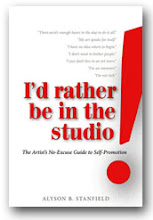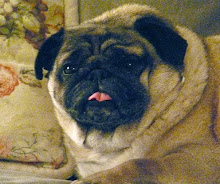Mixed Media
12"x12"
Sold
I was invited to submit an altered book project for an exhibit at our communtiy library. I had not heard of the craft of altering books until this past August when I met Jim Rosenau during the Sun Valley Arts & Crafts Festival. He had the booth behind mine. I loved what he was doing and I enjoyed his sense of humor. He posts a disclaimer for those who might be upset that books are destroyed by the process... "No books that could change the course of the world are used".
I was most interested in turning a book into a sculpture while maintaining a "theme". So I chose an old hard back entitled "Birds of Prey" from my own bookshelf. I have quite a collection of birding books but this one was the only one I felt like sacrificing.
As I envisioned how to proceed I thought this is going to be so much fun....I actually thought I might give up painting for this new "fun" medium. When I started cutting the book carefully through from front cover to back cover with a fine blade hacksaw I quickly realized this wasn't going to be as easy as I'd thought. While I really liked the end result I will stick to painting!












